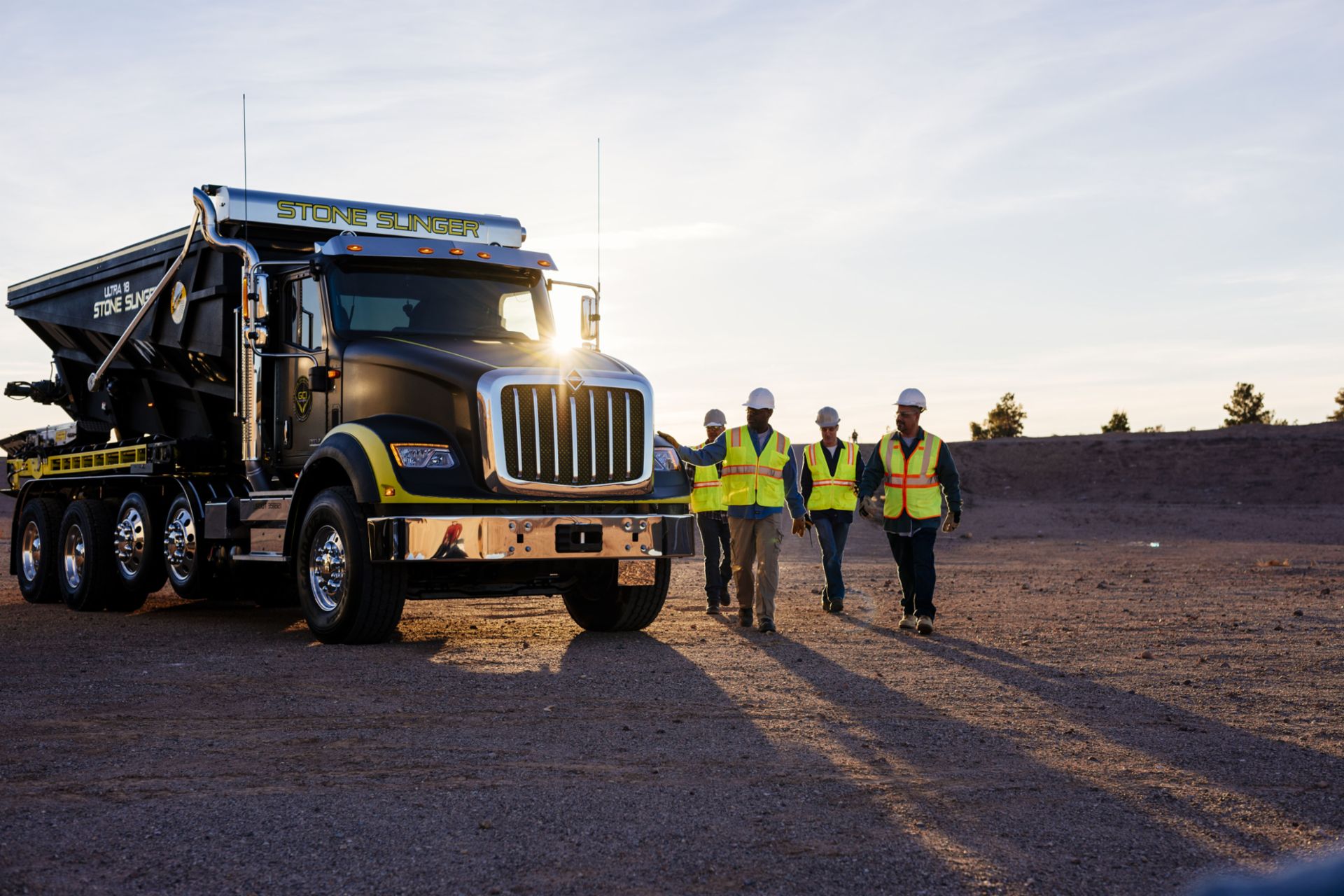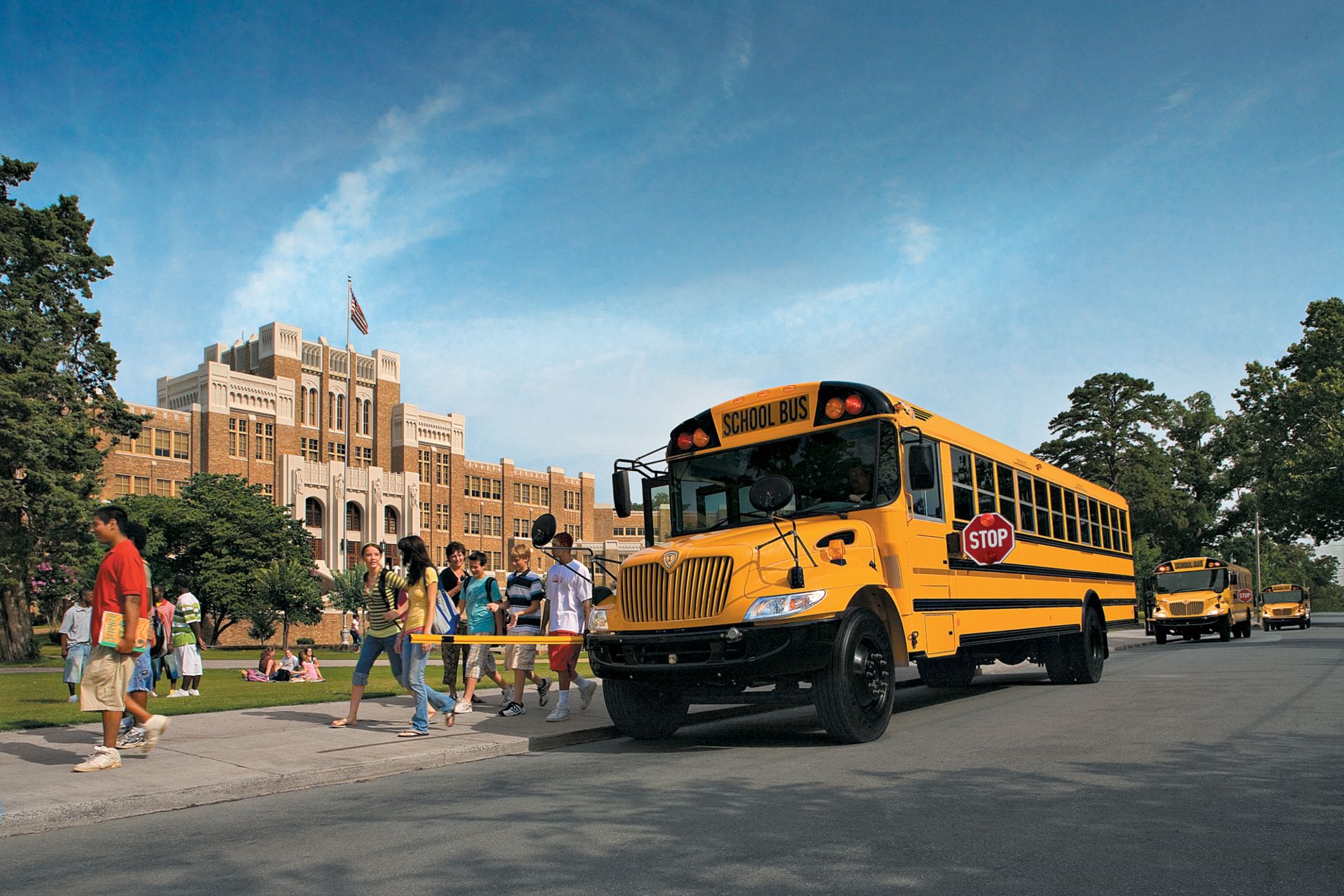The negotiations that preceded the founding of the company continued off and on for 13 years. That alone shows the importance of the venture that arch rivals Cyrus McCormick Jr. and William Deering had in mind. The two met for the first time in 1889 to talk about merging their businesses. On August 12, 1902, the McCormick Harvesting Machine Company, the Deering Harvester Company, and three smaller manufacturers sealed the deal, creating the largest manufacturer of agricultural machinery in the US with a market share of 85%.
For Cyrus McCormick Jr., this merger was the crowning jewel of the enterprise his father began back in 1831 with his invention of the first reaper. The Virginia Reaper marked the beginning of the process of agricultural mechanization and the rise of the company that was founded soon after. Cyrus McCormick Jr. took over as head of the McCormick Harvesting Machine Company in 1884, after his father’s death. He was only 25-years-old at the time, having just returned from Princeton University. The company prospered, but faced tough competition from as many as 200 other smaller reaper makers. Agriculture was a thriving industry in the US during the Gilded Age, the period of rapid economic growth that began after the American Civil War.
As they merged their two companies together in 1902, McCormick and Deering showed entrepreneurial foresight. International Harvester brought together an expansive sales network, a self-sufficient, vertically integrated supply chain, multiple production facilities and, most important, immense technical knowledge. It was this knowledge that set off a dazzling display of innovation straight after the merger. Engineer Ed Johnston, the primary driver of this innovation, made the most of the new development opportunities and secured numerous technological milestones.
- In 1904, International Harvester presented a gasoline engine for the first time.
- It launched its first tractor, the Mogul, in 1906.
- The Auto Buggy, the company’s first automobile, was presented in 1907.
with contributions from Deering’s George Ellis. - The first truck from International Harvester was already on the road in 1909. The Auto Wagon formed the foundation of International Truck, the brand under which Navistar still sells its trucks. The Auto Wagon was designed to carry a farmer, his family and their crops to a market in the next town over. It was a robust, reliable small truck that could carry a load of up to 400 kilograms.
By 1910, International Harvester had grown to become the fourth largest company in the US. In the 10 years following the merger, its sales revenue more than doubled while exports rose by 388%. The company employed 75,000 people in around 40 countries.
In 1915, International Harvester launched a vehicle that continues to be emblematic of the company today: its first school bus. Originally painted black, these eye-catching yellow buses dominate the landscape in the US, just like pickup trucks or vans. It wasn’t long before trucks and buses became the backbone of the business. The vehicles were known for being extremely durable and dependable. International Harvester was chosen as the exclusive supplier of trucks for the construction of the Hoover Dam, which began in 1931. After three years on the job these IH trucks proved that their reputation for durability and dependability was well deserved. By the mid-70s, the company had delivered more than five million trucks worldwide. Among other things, this was made possible by a series of joint ventures (such as with Otomotiv Turkey).
In the early 1980s, the management of International Harvester restructured the company, selling the construction machinery business in 1982 and the agricultural machinery business in 1984. The transformation process culminated in 1986 with a complete fresh start and the birth of Navistar. From then on, the new company focused entirely on trucks, buses and engines. In 1995, Navistar took over the American Transportation Corporation (AmTran), a manufacturer of bus bodies, to consolidate its position as the leading producer of school buses in the US.
As with the company’s first big merger that took place more than 100 years ago, careful preparation went into an alliance between Navistar and the Volkswagen Group that has been in place since 2016. TRATON GROUP’s completion of its growth-focused acquisition of Navistar, centered around Navistar’s historic brands and strong presence in the North American truck and bus market, begins their new chapter together as a global champion in the transportation and logistics industry.


